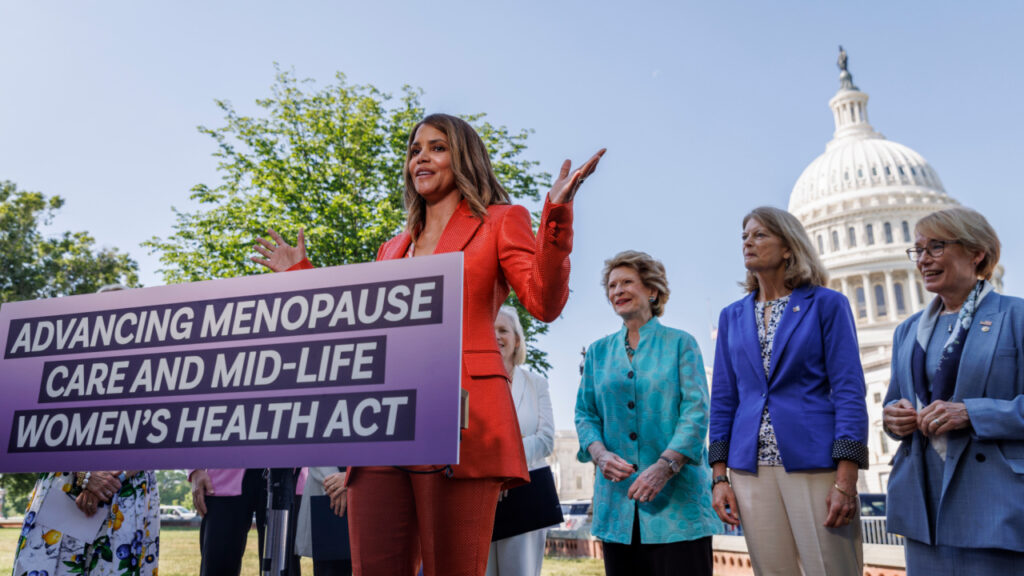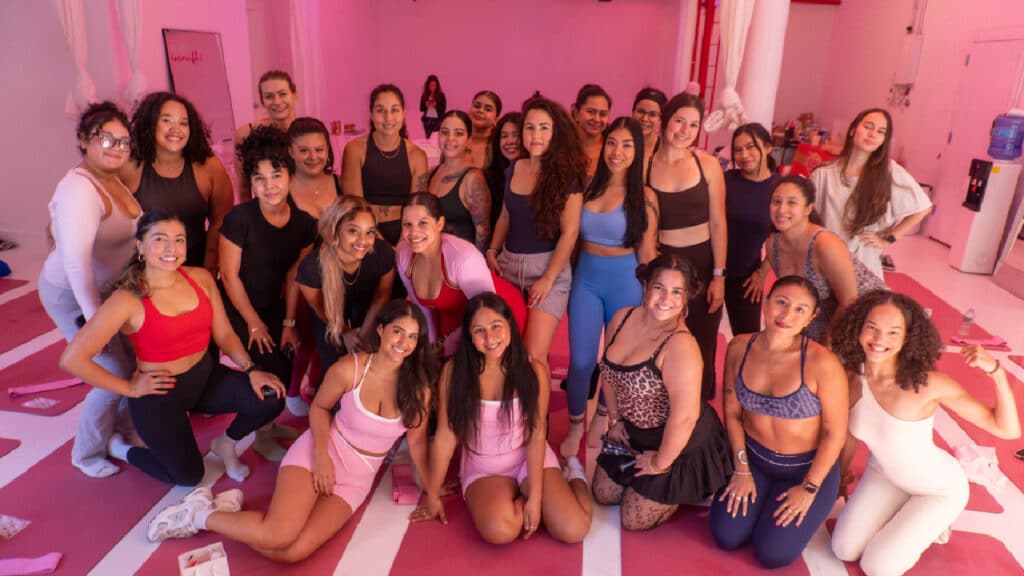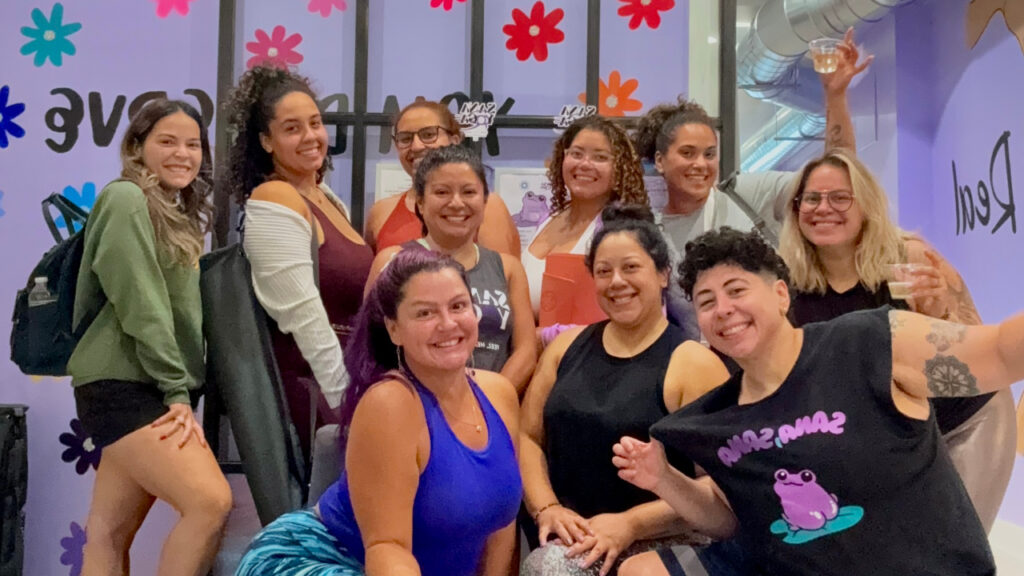What Our Abuelas Knew All Along: How Slow Living Helps Latinas Live Longer
There’s a reason your abuela lived to 100. And it wasn’t green juice, Barry’s Bootcamp, or biohacking. According to a recent TikTok by @senora.era and a wave of longevity research, it’s becoming clearer that our Latina ancestors quietly mastered the art of slow living long before it became a wellness trend.
Slow Living Starts With Doing Less—and Feeling More
In the viral video, Ann Murray-Dunning explains how Latinas of past generations thrived thanks to daily habits now backed by science. Their secret? Slowing down. Not mindfulness apps or expensive retreats—just the daily joy of cafecito, gossiping with vecinas, and doing things for pleasure, not productivity.
According to Harvard Health, slow living isn’t about being lazy—it’s about being intentional. “Slow living isn’t about doing less, but doing more with greater focus and purpose and at the right speed,” explains Laura Malloy, director of the Successful Aging Program at Harvard-affiliated Benson-Henry Institute. Slowing down helps reduce stress, lower blood pressure, improve memory, and even prevent injury.
Your Abuela’s Garden? That Was Her Therapy
Gardening wasn’t just a chore. For many Latinas, it was a grounding ritual—tending to tomatoes, herbs, and flowers not for content or clout, but for nourishment and peace. Today, researchers have proven that time in nature significantly reduces cortisol levels. Forest bathing, anyone? Our abuelas were already doing it—sin el hashtag.
Slow Living Was Social
Unlike today’s hyper-individualistic grind culture, previous generations of Latinas did everything together—meals, chores, advice sessions, laughs. This kind of tight-knit community is one of the key components of longevity found in Blue Zones, the five regions in the world with the highest concentration of people who live past 100. According to Eco Blvd, the lifestyle in these zones is centered around “strong social ties, purpose, and community interdependence.”
From Coconut Oil to Rose Water: Their Self-Care Was Clean and Real
Before Sephora hauls and 10-step skincare routines, our tías and abuelas were embracing clean beauty through necessity. Think rosewater sprays, aloe vera masks, and coconut oil hair rituals. They knew how to rest, care for themselves, and do it with what they had. Harvard Health notes that being present in routines, like applying lotion or brushing your hair, can offer major stress relief when done mindfully.
Why Slow Living Is Actually the Secret to Longevity
Modern science is finally catching up. According to the Danish Twin Study, only 20% of your lifespan is determined by genetics—the other 80% is all lifestyle. As reported by InsideHook and Eco Blvd, people in Blue Zones share common habits: they eat local, walk everywhere, de-stress regularly, and live without urgency.
And it turns out that our ancestors were unknowingly following this exact formula. They slowed down, shared meals, planted herbs, and prioritized joy over productivity—all things now being repackaged by wellness influencers, but done first—and better—by the Latina women who came before us.
The Takeaway? Slow Living Isn’t a Trend—It’s a Return
You don’t need a new journal or a new outfit to live longer. You just need to remember what your abuela knew: slow down. Eat with loved ones. Go outside. Pick up a hobby that brings you joy—not a side hustle. It’s not aesthetic, it’s ancestral.
Because maybe the most radical wellness act in today’s world is not the hustle, but the pause.




